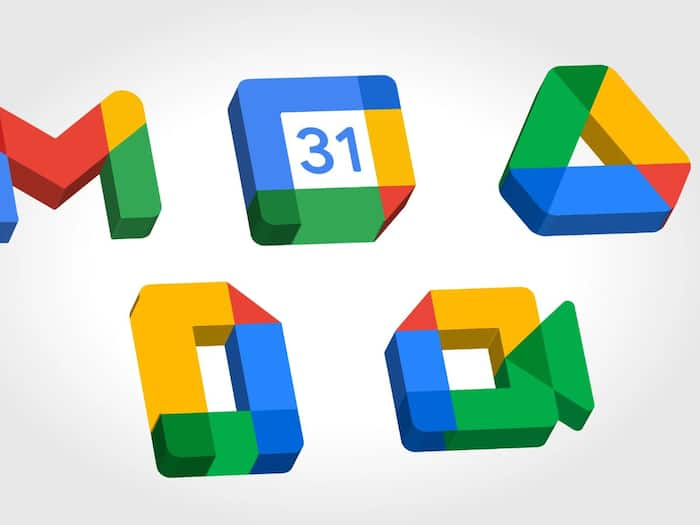
Written By Techlusive India
Published By: Techlusive India | Published: Aug 11, 2025, 03:44 PM (IST)

Switching productivity tools isn’t just about new software; it changes how your team works, communicates, and makes decisions. Google Workspace (GWS) sits alongside Microsoft 365, Zoho Workplace, and Apple iWork in the landscape of productivity suites.
They all promise seamless collaboration, but what’s the day-to-day experience like? That’s where differences start to show.
Microsoft 365 is a go-to in many workplaces, mostly because it’s familiar. However, anyone who has worked on a shared Word document is familiar with the frustration of version conflicts. Two people edit locally, and suddenly you’re merging files called “Final_v2_REALLYFINAL.docx.”
Google Workspace avoids this entirely. In Docs, multiple teammates can write, edit, and comment simultaneously.
No saving, no syncing, no surprises. You see changes as they happen, which feels like a quiet superpower during deadlines.
Older office tools often slow things down without you realizing it. Take budgeting, for example. With Excel, teams still email files back and forth. One person updates numbers, another adds comments, and someone else tries to stitch it all together.
In Google Sheets, it’s live. Finance enters figures, department heads review instantly, and comments appear right next to the data in question. It’s not just faster — it feels cleaner, easier to follow, and far less error-prone.
Apple iWork can be great if your entire team is on Apple devices. Zoho is budget-friendly, but sometimes struggles with user experience.
Google Workspace, meanwhile, works seamlessly across devices without requiring extra effort. Start a presentation at your desk, tweak it on your phone while waiting for a cab, and present it from your tablet in a client meeting.
No formatting weirdness, no reuploads. Just seamless continuity.
Microsoft’s ecosystem tends to sprawl — Outlook, Teams, OneDrive, and Office apps are often billed and managed separately. That can add up, both financially and logistically.
Google Workspace keeps things tidy: Gmail, Drive, Docs, Sheets, Slides, Calendar, and Meet — all in one subscription. IT teams usually appreciate the predictable pricing and simpler admin controls.
While many platforms offer automation, Google’s Gemini assistant brings AI to your workflow in more meaningful ways. You can ask it to draft a reply, build out a doc outline, or generate formulas in Sheets from natural language.
For example, a sales manager can just say, “Show me quarterly leads by region,” and Gemini builds a table instantly. It’s small stuff that saves time daily.
There’s always a bit of adjustment. Microsoft users may initially miss some Excel features. But most teams adapt quickly — and report faster collaboration, fewer emails, and smoother workflows soon after migrating.
If your team thrives on real-time edits, mobile flexibility, and fewer tech headaches, Google Workspace may be the better fit. It’s not about chasing the latest tool; it’s about choosing what helps your team work better, together.